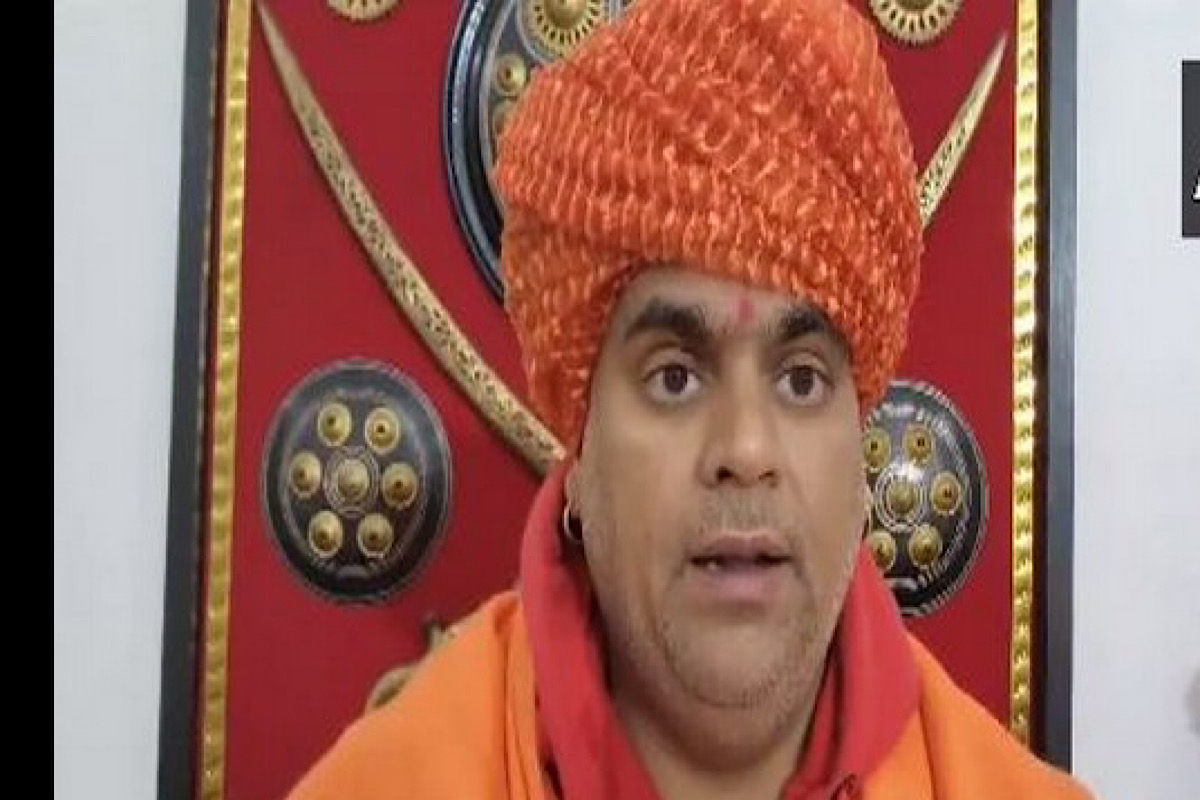After the Archaeological Survey of India released its survey report on the Gyanvapi mosque in Varanasi, Hindu Mahasabha president Swami Chakrapani Maharaj appealed to the Muslim side to give the rights of the Hindus back to them and set an example.
The ASI survey was ordered by the Varanasi district court after the Hindu petitioners claimed the 17th-century mosque was constructed over a pre-existing temple.
“In the Gynavapi case, the ASI has given a decisive report. It is clear that before the current structure, there was a huge Sanatani Temple. I appeal to the Muslim side that they should hand the rights of the Hindus back to them and set an example that if the Mughals did something incorrect, then the present Muslim generation does not support it,” Swami Chakrapani said on Thursday.
Advertisement
The ASI report on the Gyanvapi mosque complex revealed that a pre-existing structure appeared to have been destroyed in the 17th century, and “part of it was modified and reused,” adding that based on scientific studies, it can be said that there “existed a large Hindu temple prior to the construction of the existing structure.”
The ASI also said the “western wall of the existing structure is the remaining part of a pre-existing Hindu temple”.
“The Arabic-Persian inscription found inside a room mentions that the mosque was built in the 20th regnal year of Aurangzeb (1676-77 CE). Hence, the pre-existing structure appears to have been destroyed in the 17th century, during the reign of Aurangzeb, and part of it was modified and reused in the existing structure. Based on scientific studies/ survey carried out, study of architectural remains, exposed features and artefacts, inscriptions, art and sculptures, it can be said that there existed a Hindu temple prior to the construction of the existing structure,” the ASI said in its report.
“Based on the scientific studies and observations on central chamber and main entrance of the pre-existing structure in existing structure, western chamber and western wall, reuse of pillars and pilasters of pre-existing structure in the existing structure, inscriptions on the existing structure, Arabic and Persian inscription on the loose stone, sculptural remains in cellars, etc.,it can be said that there existed a large Hindu temple, prior to the construction of the existing structure,” the report further said.











